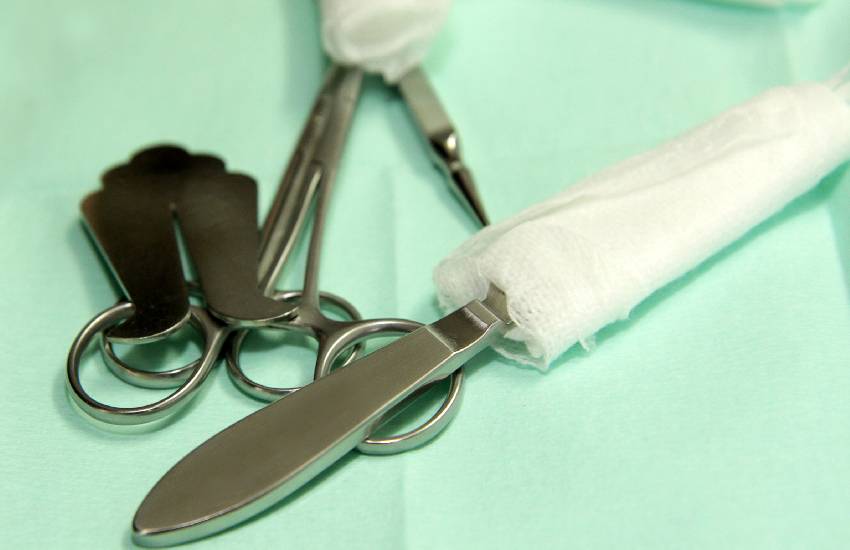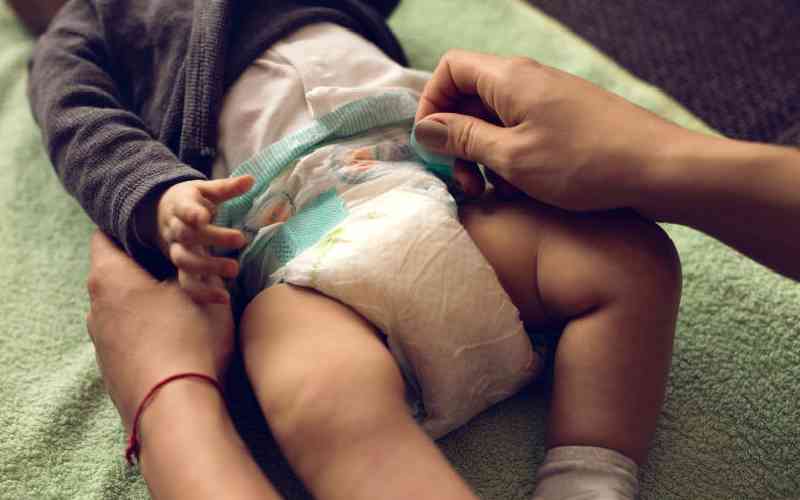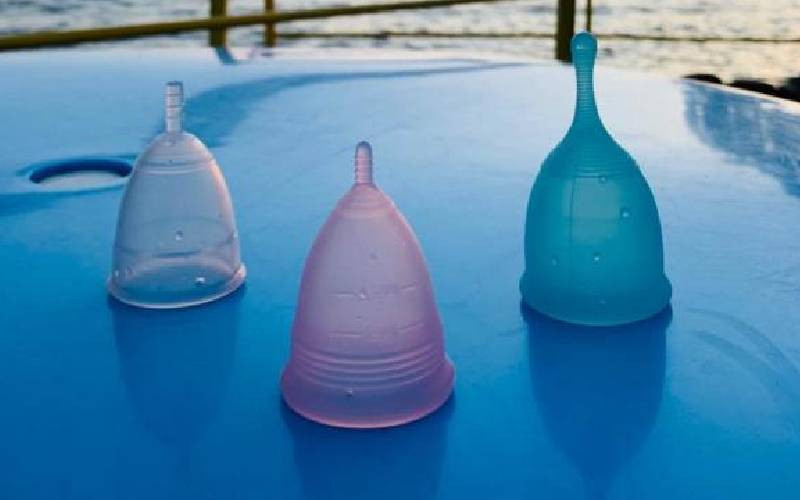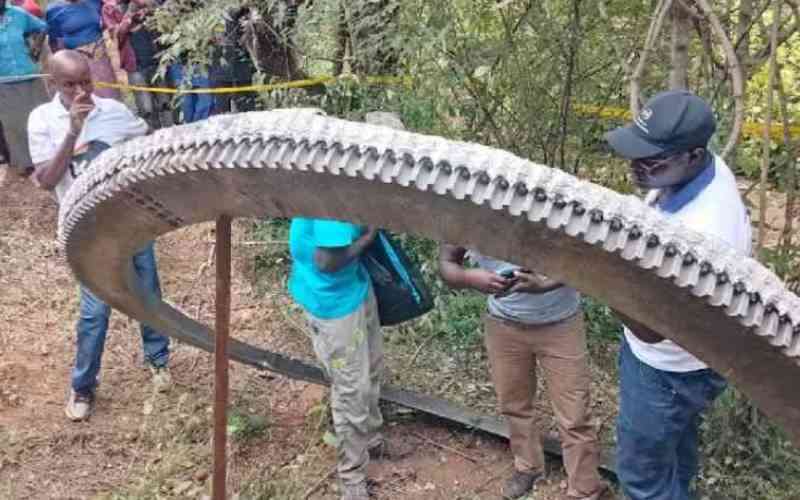
Fistula, usually occurring in women due to difficult labour, is increasingly being reported in young boys circumcised within the national HIV control programme.
Last year, the US President’s Emergency Plan for Aids Relief (Pepfar), the main donor to HIV in Kenya, suspended the circumcision of boys aged under 15 due to safety concerns. This followed an investigation which found 36 boys and infants had lost their manhood in the 15 African countries implementing the project.
The highest number of circumcision-related serious injuries were in boys aged under 15 with the most recorded in Kenya and South Africa. Pepfar had, however, suggested the suspension could be lifted if project managers addressed the issue and made circumcision safer.
But a new report published in February 12, 2021 by the US Centres for Disease Control and Prevention (CDC), the World Health Organisation (WHO), USAid, the US Department of Defence and 10 of the participating African countries has upheld the ban.
The new investigation identified 41 cases of fistula mainly blamed on poorly done circumcision. Most of the fistulas were recorded in South Africa, Zimbabwe, Kenya, Malawi and Uganda, in that order.
All but one of the 41 cases happened in boys under 15 years and consequently, the team suggests the ban by Pepfar be upheld. “This analysis helped to inform Pepfar’s recent decision to change Voluntary Medical Male Circumcision eligibility policy, raising the minimum age to 15 years,” says the report in the journal BMC Urology.
How it affects a boy’s life
Called urethral fistula, the WHO defines it as an abnormal hole between the urinary passage (urethra) and the surface of the skin. This means the urine stream passes either partially or entirely through that hole rather than the normal urethral opening at the tip of the penis.
This urine leak is embarrassing to the patient and unsanitary. It is likely to lead to serious infections in the urinary tract, damaging body organs and tissue unless attended to with speed and efficiency.
While penile fistula can be caused by several factors including birth defects, the team says cases recorded in their study were due to poorly handled circumcision. “This complication while rare is often attributed to untrained personnel with poor surgical technique,” explains the technical team.
The greatest number of fistula, the report says, occurred in patients ages 10 and 11, with most proving difficult to manage. The medics say younger boys are more vulnerable due to their immature genitalia and skin. “With thinner tissue between the urethra and skin, the young patients are more prone to urethral injury and require appropriate devices.”
The US-supported male circumcision programme as an HIV prevention strategy was introduced in 15 African countries including Kenya in 2008. By 2019 almost 15 million operations had been achieved in the participating countries with about 1.7 million in Kenya.
But as the programme expanded, the team led by Dr Todd Lucas of the CDC, says by 2014, isolated reports of post-circumcision fistulas had begun to emerge. Other types of injuries including tetanus infection, penile amputation, penile glands injury, and hospitalisations were also being reported.
In response, Pepfar and WHO had mounted an educational campaign on how to prevent and manage fistulas and other serious side effects.
Due to increased injuries, the two agencies in 2014 prohibited the use of forceps-guided (FG) circumcising devices in younger boys. WHO has since recommended the use of PrePex and ShangRing devices, which it says have no record of causing fistulas. However, recent reports indicate the forceps are still in use mainly because they are fast, covering more cuts in a short time. “Despite these efforts, fistula adverse events continue as a rare but persistent complication of the circumcision programme,” says the new study.
Initially, the programme targeted adult males and boys aged from 15 years, but this has changed to include those from age 10. To engage boys under 18 years it is mandatory that project managers get parental consent, however, an investigation by the Kenya Medical Research Institute in 2019 found 35,000 underage boys in Kenya to have been circumcised without consent.
The investigation found circumcisers cutting corners, recruiting underage children, bribing them, engaging unqualified staff, and even inadequate stitching of the boys. The craze to recruit as many clients as possible has been blamed on steep targets set by the donor with the amount of funding dependent on the number of cuts.
Alarmed by these findings, Pepfar has revised its targets downwards for the current 2020 funding year which ends in September to 54,844 cuts from 200,000 in 2019.
Also concerned over increasing fistulas, WHO in 2019 in a special brief warned circumcisers to be extra careful when handling young boys. “Younger adolescents are at particular risk because the tissues are very thin. As with any type of adverse event, the risk for fistula may be increased when providers are inexperienced, rushed, or overtired,” said WHO in a brief.
But in the event a fistula occurs, the WHO strongly warned circumcisers against trying to repair the problem. “Immediately refer the client for further care to a specialist with expertise in urethral surgery and fistula repair. This will often be a urologist.” The WHO also wants such cases recorded with its country offices to help better understand why problems occur and how the process can be improved.
The decision by Pepfar to up the circumcision age contradicts Kenya‘s strategy, which targets including all males from infants, children, adolescents to adults. “Our approach prioritises inclusion of early adolescent boys (10–14 years) and early infant male circumcision,” says the Kenyan Medical Male Circumcision Policy 2018–2022.
But the Todd report advises the best thing is to wait until the young ones have aged out of the high-risk groups. This will ensure they still get protected against HIV as well as a potentially disastrous circumcision.
Highlights
What does fistula in boys look like?
Called urethral fistula, the WHO defines it as an abnormal hole between the urinary passage (urethra) and the surface of the skin. This means the urine stream passes either partially or entirely through that hole rather than the normal urethral opening at the tip of the penis.
Ages 10 & 11
The greatest number of fistula, the report says, occurred in patients ages 10 and 11, with most proving difficult to manage. The medics say younger boys are more vulnerable due to their immature genitalia and skin.
Other injuries from botched circumcision include:
· Tetanus infection
· Penile amputation
· Penile glands injury
Why fistula repair shouldn’t be done by circumcisers
“Do not attempt to do the repair operation in the circumcision clinic, as repair operations done by non-specialists nearly always fail,” warns the WHO.
Such failure, the health body says, may result to lifelong complications, including:
· Persistent fistula
· Bent erections
· Social and psychological damage
 The Standard Group Plc is a multi-media organization with investments in media platforms spanning newspaper print
operations, television, radio broadcasting, digital and online services. The Standard Group is recognized as a
leading multi-media house in Kenya with a key influence in matters of national and international interest.
The Standard Group Plc is a multi-media organization with investments in media platforms spanning newspaper print
operations, television, radio broadcasting, digital and online services. The Standard Group is recognized as a
leading multi-media house in Kenya with a key influence in matters of national and international interest.











